当前位置:网站首页>STM32 simple multi-level menu (array table lookup method)
STM32 simple multi-level menu (array table lookup method)
2022-07-05 09:19:00 【Hua Weiyun】

1 Multilevel menu
It is realized by two-way linked list
Through the array look-up table to achieve
The general idea is to connect the interfaces of the menu , You can jump from the upper menu to the lower menu , You can also return to the upper menu from the lower menu .
The way of array table lookup is relatively simple , Easy to understand , This article will use the array to look up the table and send it to STM32 Realize the display of multi-level menu on .
2 Code implementation
2.1 Array lookup table
First, you need to define a structure :
typedef struct{ uchar current; uchar up;// Turn up the index number uchar down;// Turn down the index number uchar enter;// Confirm index number void (*current_operation)();} key_table;current: Current page The index number of
up: Press down “ Turn up “ The index number of the page to jump to after the button
down: Press down “ Turn down “ The index number of the page to jump to after the button
enter: Press down “ confirm “ The index number of the page to jump to after the button
current_operation: The index number of the current page is the display function to be executed , This is a function pointer
Be careful : For the operation of menu display , Yes 3 A button , They are down 、 Down and confirm , If the on the MCU IO Resources are tight , You can also put “ Turn up ” Button omitted , Only pass “ Turn down ” Button to achieve circular access , The corresponding structure can also remove the member .
Then define a table , Used to define how to jump between pages
key_table table[30]={ // The first 0 layer {0,0,0,1,(*fun_0)}, // The first 1 layer {1,4,2, 5,(*fun_a1)}, {2,1,3, 9,(*fun_b1)}, {3,2,4,13,(*fun_c1)}, {4,3,1, 0,(*fun_d1)}, // The first 2 layer {5,8,6,17,(*fun_a21)}, {6,5,7,18,(*fun_a22)}, {7,6,8,19,(*fun_a23)}, {8,7,5, 1,(*fun_a24)}, { 9,12,10,20,(*fun_b21)}, {10, 9,11,21,(*fun_b22)}, {11,10,12,22,(*fun_b23)}, {12,11, 9, 2,(*fun_b24)}, {13,16,14,23,(*fun_c21)}, {14,13,15,24,(*fun_c22)}, {15,14,16,25,(*fun_c23)}, {16,15,13, 3,(*fun_c24)}, // The first 3 layer {17,17,17,5,(*fun_a31)}, {18,18,18,6,(*fun_a32)}, {19,19,19,7,(*fun_a33)}, {20,20,20, 9,(*fun_b31)}, {21,21,21,10,(*fun_b32)}, {22,22,22,11,(*fun_b33)}, {23,23,23,13,(*fun_c31)}, {24,24,24,14,(*fun_c32)}, {25,25,25,15,(*fun_c33)}, };Here's how the table works :
This table , According to the 4 Display relationship of level menu ( Pay attention to the 0 Layer is actually just a welcome interface )
First level menu , Only 4 An option , Therefore, only 4 That's ok ( Note that the last option is used to return to the previous level , No actual meaning )
The second level menu , It's the first level menu 3 Two practical options for further introduction , Each introduction has 4 Is the item ( Note that the last option is also used to return to the previous level , No actual meaning ), therefore , The second level menu here lists 3x4=12 That's ok
The third level menu , It further introduces the sub items in the second layer menu (3 A classification , Each kind has 3 Is the item ), So the third level menu lists 9 That's ok
Notice the... Of each row in the array 1 An array , It's a quotation mark , First, give a practical example for analysis :

The picture above is a real 4 What to display in the level menu , Each item is currently , Index number marked (0~25), That is, the index number of the corresponding array in the definition .
For example, the array is about 0 Tier and tier 1 Definition of layer :
// The first 0 layer {0,0,0,1,(*fun_0)},// The first 1 layer {1,4,2, 5,(*fun_a1)},{2,1,3, 9,(*fun_b1)},{3,2,4,13,(*fun_c1)}, {4,3,1, 0,(*fun_d1)},First look at the first line : The index is 0, Show welcome screen ; The back two 0 Means to press “ Turn up ” and “ Down turn ” Invalid , Continue to display the welcome interface ; And the back 1 Press down “ confirm ” After button , Jump to index 1 It's about ( The second page is displayed 1 Level directory , And point to the 1 The second level of 1 Is the item ); Last Is the specific content to be displayed in this index ,fun_0 Is to control the screen to display the welcome interface
Look at the second line : The index is 1, According to the first 1 Level directory , And point to the 1 The second level of 1 Is the item ( The weather ); hinder 4 Means to press “ Turn up ” Jump to index 4, The second page is displayed 1 Level directory , And point to the 1 The second level of 4 Is the item (Return); And the back 2 Means to press “ Down turn ” Jump to index 2, The second page is displayed 1 Level directory , And point to the 1 The second level of 2 Is the item ( music ); And the back 5 Press down “ confirm ” After button , Jump to index 5 It's about ( The second page is displayed 2 Level directory , And point to the 2 The second level of 1 Is the item - Hangzhou ); Last Is the specific content to be displayed in this index ,fun_a1 Is to control the screen display 1 Level directory , And point to the 1 The second level of 1 Is the item ( The weather )
Other lines have similar meanings
Through analysis , It's not hard to find out , The spatial relationship of these arrays :

For the bottom of the menu , Because there are no functional requirements for turning up and down , So before each line 3 Both numbers are the current index number :
// The first 3 layer {17,17,17,5,(*fun_a31)}, {18,18,18,6,(*fun_a32)}, {19,19,19,7,(*fun_a33)},{20,20,20, 9,(*fun_b31)}, {21,21,21,10,(*fun_b32)}, {22,22,22,11,(*fun_b33)},{23,23,23,13,(*fun_c31)}, {24,24,24,14,(*fun_c32)}, {25,25,25,15,(*fun_c33)}, 2.2 Specific display function
For the specific content to be displayed by the function , Display according to your own implementation needs .
What I'm using here is OLED The screen , With the help of U8g2 Graphics library for content display , The following is a partial display example :
/********* The first 1 layer ***********/void fun_a1() { u8g2_DrawStr(&u8g2,0,16,">"); u8g2_DrawStr(&u8g2,16,16,"[1]Weather"); u8g2_DrawStr(&u8g2,16,32,"[2]Music"); u8g2_DrawStr(&u8g2,16,48,"[3]Device Info"); u8g2_DrawStr(&u8g2,16,64,"<--"); }void fun_b1() { u8g2_DrawStr(&u8g2,0,32,">"); u8g2_DrawStr(&u8g2,16,16,"[1]Weather"); u8g2_DrawStr(&u8g2,16,32,"[2]Music"); u8g2_DrawStr(&u8g2,16,48,"[3]Device Info"); u8g2_DrawStr(&u8g2,16,64,"<--"); }void fun_c1() { u8g2_DrawStr(&u8g2,0,48,">"); u8g2_DrawStr(&u8g2,16,16,"[1]Weather"); u8g2_DrawStr(&u8g2,16,32,"[2]Music"); u8g2_DrawStr(&u8g2,16,48,"[3]Device Info"); u8g2_DrawStr(&u8g2,16,64,"<--"); }void fun_d1() { u8g2_DrawStr(&u8g2,0,64,">"); u8g2_DrawStr(&u8g2,16,16,"[1]Weather"); u8g2_DrawStr(&u8g2,16,32,"[2]Music"); u8g2_DrawStr(&u8g2,16,48,"[3]Device Info"); u8g2_DrawStr(&u8g2,16,64,"<--"); }/********* The first 2 layer ***********/void fun_a21() { u8g2_DrawStr(&u8g2,0,16,">"); u8g2_DrawStr(&u8g2,16,16,"* HangZhou"); u8g2_DrawStr(&u8g2,16,32,"* BeiJing"); u8g2_DrawStr(&u8g2,16,48,"* ShangHai"); u8g2_DrawStr(&u8g2,16,64,"<--"); }// Omit ...2.3 Press the key to switch the page
Page switching , Here is a simple example of button polling , such as Initially display the status of the welcome interface Next , After pressing different keys , Look up the table through the array , Determine the index number to jump to , Then according to the index number , Execute the display function corresponding to the index number through the function pointer , That is to achieve a page switching .
then , Namely In the new page state , Receive the next button command , Then switch to the next display state .
void (*current_operation_index)(); // Define a function pointer //...while(1){ if((KEY1==0)||(KEY2==0)||(KEY3==0)) { delay_ms(10);// Desquamation if(KEY1==0) { func_index = table[func_index].up; // Turn up while(!KEY1);// Let go of the test } if(KEY2==0) { func_index = table[func_index].down; // Turn down while(!KEY2); } if(KEY3==0) { func_index = table[func_index].enter; // confirm while(!KEY3); } } if (func_index != last_index) { current_operation_index = table[func_index].current_operation; u8g2_ClearBuffer(&u8g2); (*current_operation_index)();// Execute the current operation function u8g2_SendBuffer(&u8g2); last_index = func_index; }}3 demonstration
The test results are as follows :
https://www.bilibili.com/video/BV1r5411R7eA

4 summary
This paper introduces a simple display method of multi-level menu , The essence is to look up a table through an array , Realize each page of menus at all levels ( state ) Handoff ( Jump ), And in STM32 Programming on , adopt OLED The screen , And with the help of U8g2 Graphics library , Tested the display function of multi-level menu .
边栏推荐
- Kotlin introductory notes (III) kotlin program logic control (if, when)
- L'information et l'entropie, tout ce que vous voulez savoir est ici.
- [beauty of algebra] solution method of linear equations ax=0
- Causes and appropriate analysis of possible errors in seq2seq code of "hands on learning in depth"
- Codeworks round 681 (Div. 2) supplement
- 顶会论文看图对比学习(GNN+CL)研究趋势
- 基于STM32单片机的测温仪(带人脸检测)
- C # image difference comparison: image subtraction (pointer method, high speed)
- Kotlin introductory notes (VI) interface and function visibility modifiers
- Progressive JPEG pictures and related
猜你喜欢

Kotlin introductory notes (V) classes and objects, inheritance, constructors
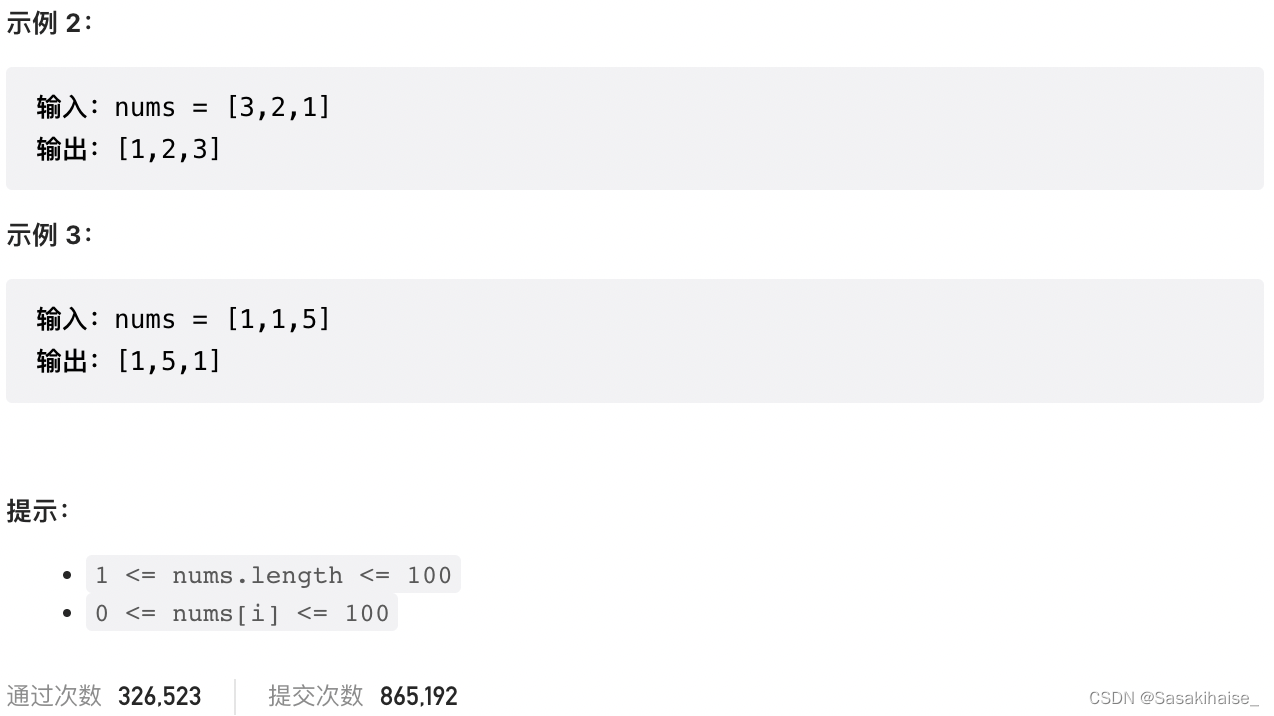
LeetCode 31. 下一个排列
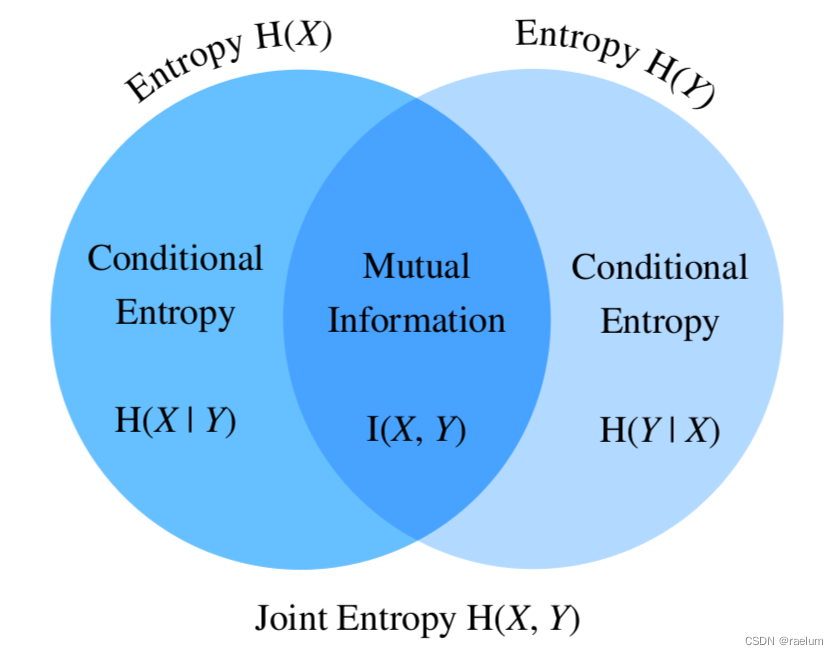
信息與熵,你想知道的都在這裏了
![[code practice] [stereo matching series] Classic ad census: (5) scan line optimization](/img/54/cb1373fbe7b21c5383580e8b638a2c.jpg)
[code practice] [stereo matching series] Classic ad census: (5) scan line optimization
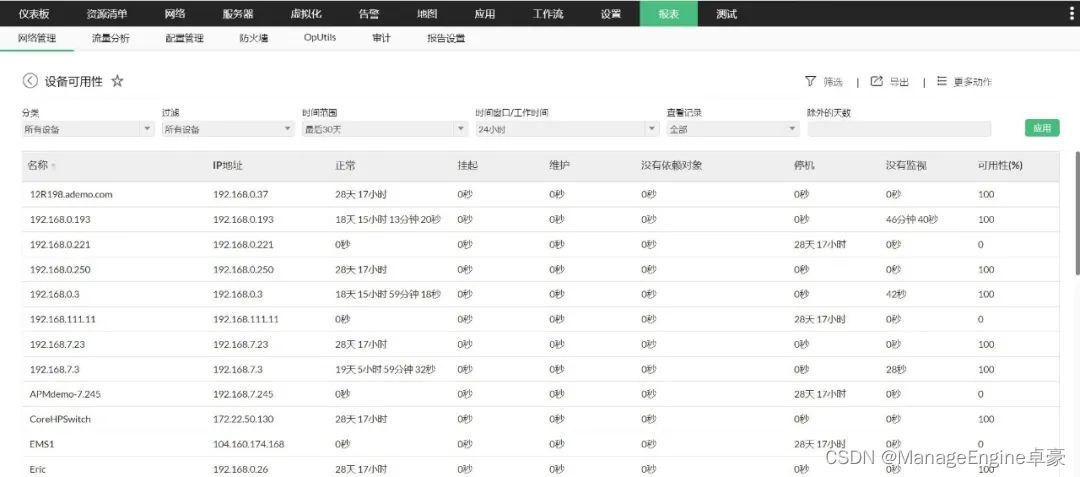
【ManageEngine】如何利用好OpManager的报表功能
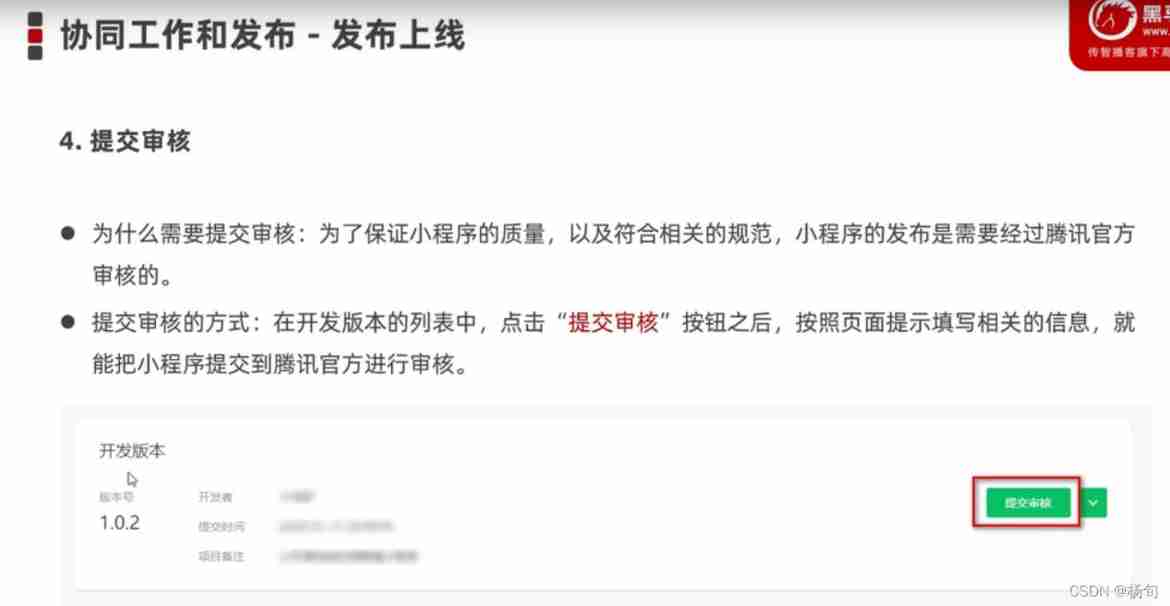
Node collaboration and publishing
![Introduction Guide to stereo vision (5): dual camera calibration [no more collection, I charge ~]](/img/68/6bfa390b0bedcdbc4afba2f9bd9c0f.jpg)
Introduction Guide to stereo vision (5): dual camera calibration [no more collection, I charge ~]
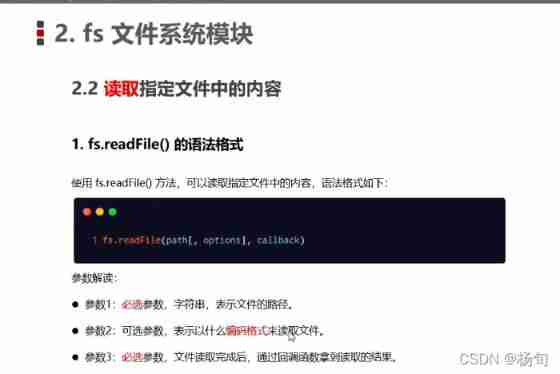
nodejs_ 01_ fs. readFile
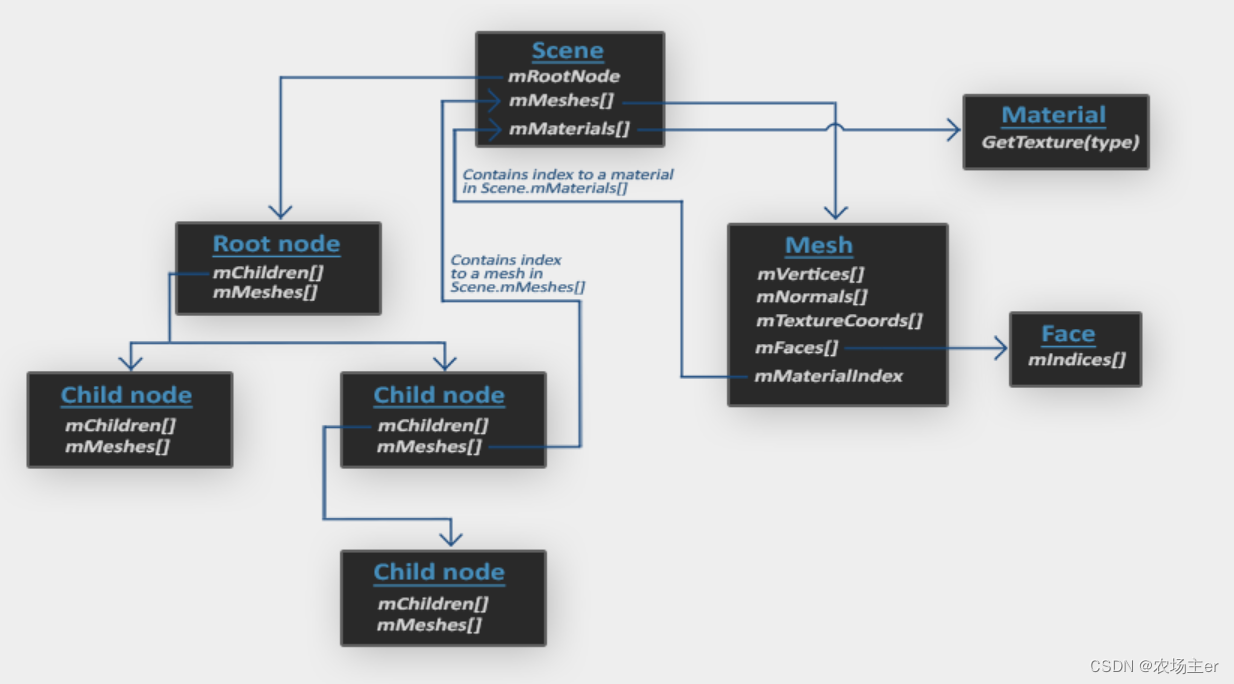
OpenGL - Model Loading

一文详解图对比学习(GNN+CL)的一般流程和最新研究趋势
随机推荐
Kotlin introductory notes (III) kotlin program logic control (if, when)
Rebuild my 3D world [open source] [serialization-2]
2011-11-21 training record personal training (III)
Solution to the problems of the 17th Zhejiang University City College Program Design Competition (synchronized competition)
Multiple linear regression (sklearn method)
一篇文章带你走进cookie,session,Token的世界
利用请求头开发多端应用
2310. The number of bits is the sum of integers of K
【愚公系列】2022年7月 Go教学课程 003-IDE的安装和基本使用
Introduction Guide to stereo vision (1): coordinate system and camera parameters
[code practice] [stereo matching series] Classic ad census: (6) multi step parallax optimization
Kotlin introductory notes (V) classes and objects, inheritance, constructors
OpenGL - Model Loading
Codeforces Round #648 (Div. 2) E.Maximum Subsequence Value
NIPS2021 | 超越GraphCL,GNN+对比学习的节点分类新SOTA
Introduction Guide to stereo vision (6): level constraints and polar correction of fusiello method
迁移学习和域自适应
生成对抗网络
Priority queue (heap)
Uni app implements global variables